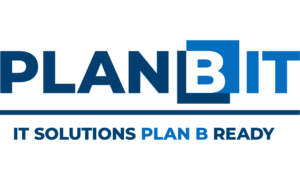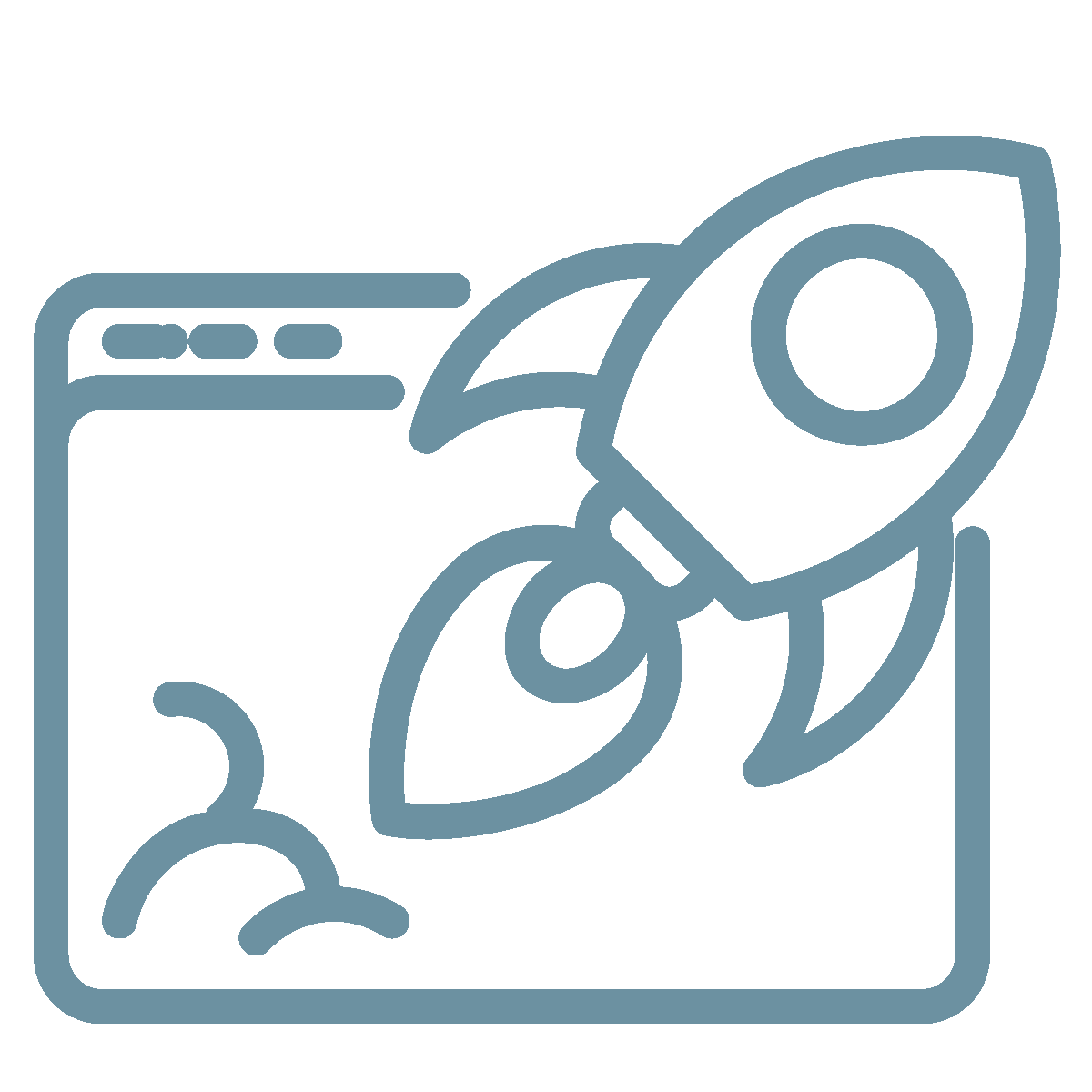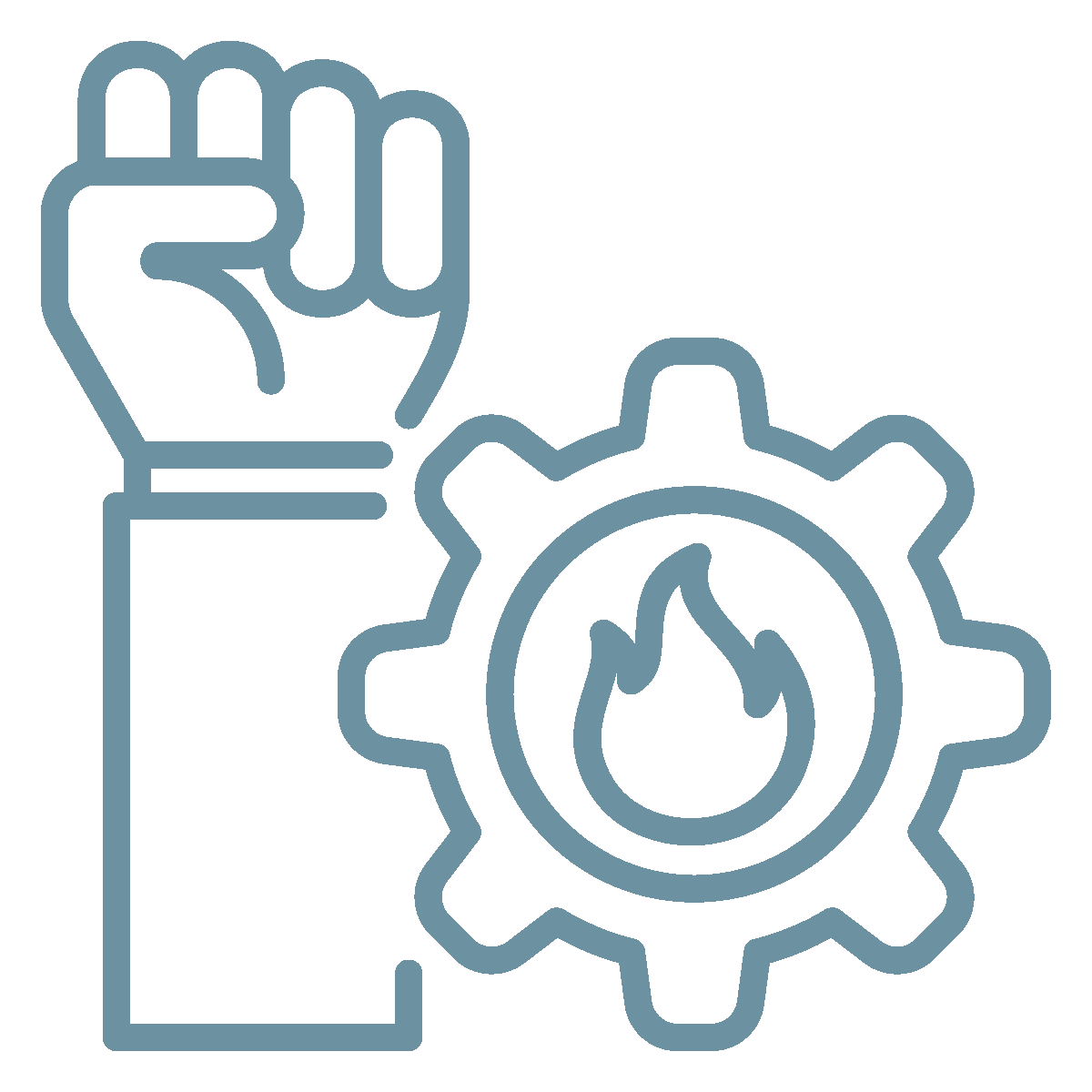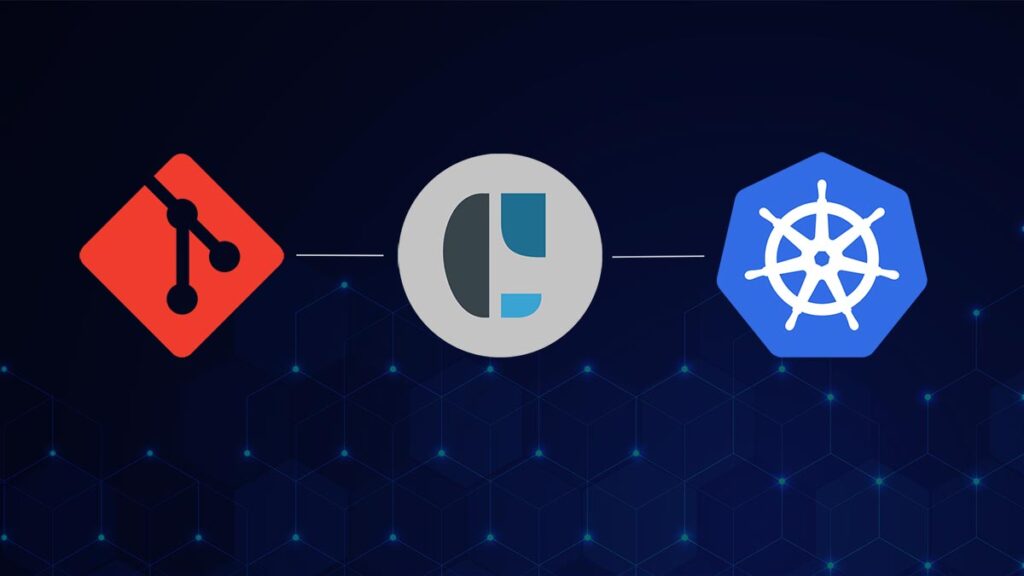PLANbIT, a leading IT consultancy, sees CAEPE as a key deployment automation solution they are looking to introduce to future client projects. In internal implementation, CAEPE proved quick to adopt, simple to configure, and ideal for managing Kubernetes-based CI/CD pipelines across multi-cluster, multi-cloud environments.

Compared to tools like Argo CD and Jenkins, CAEPE offers a lower learning curve, built-in audit logs for enterprise compliance, and flexible deployment via UI, CLI, or API.
With standout support and seamless integration, PLANbIT sees CAEPE as a strong fit for clients pursuing scalable, secure, and cost-efficient delivery pipelines.
Requirements
- Lower the barrier to entry for teams adopting Kubernetes
- Simplify deployment workflows without compromising flexibility
- Provide robust auditing and compliance capabilities for enterprise clients
- Integrate cleanly with diverse DevOps stacks
- Enable cost-efficient deployment strategies, especially for AI compute workloads
Company
PLANbIT is a boutique European IT consultancy specializing in system architecture, CI/CD optimization, and Kubernetes infrastructure. With clients across Europe and North America—including leading financial services and corporate enterprises—PLANbIT helps businesses adopt cloud-native approaches, optimize DevOps workflows, and modernize legacy systems.
The consultancy is led by Mirko Pompei, an experienced IT practitioner who brings deep technical insight to every engagement. Drawing on his background in both leadership and implementation, Mirko advocates for practical, scalable infrastructure solutions—and leads PLANbIT’s push toward streamlined, secure, and sustainable deployment practices, particularly as more clients adopt Kubernetes for its operational and cost advantages.
Especially for large teams, CAEPE will be a better option.
It allows developers to focus on code and PRs
while platform engineers define deployment options.
– Mirko Pompei
Challenges
PLANbIT increasingly supports clients transitioning to Kubernetes-but has consistently observed gaps in common tooling and deployment practices:
- Overwhelming Setup for New Teams: “Imagine an engineering team unfamiliar with clusters, staring at a sea of YAML files and kubectl commands-it’s intimidating,” said Mirko. Many clients find the initial learning curve daunting and the manual setup processes burdensome.
- Steep Learning Curve with GitOps Tools: While tools like Argo CD offer a range of capabilities, they often demand deep expertise and a significant learning curve-especially for teams still developing familiarity with GitOps workflows. The rigidity of configuration and setup can slow adoption and limit agility.
- Messy, Script-Heavy Workflows: Traditional CI tools like Jenkins or GitLab often rely heavily on custom scripts and plugin chains, creating brittle and hard-to-maintain pipelines. This adds unnecessary operational overhead and obscures visibility across the deployment lifecycle.
- Lack of Built-in Auditing: “The fact that CAEPE was built with auditing in mind is a huge plus,” Mirko noted. For enterprise clients dealing with certifications, CVE tracking, or penetration testing, robust audit logs are essential-and often missing from open-source alternatives.
- Multi-Cluster Management Gaps: Managing deployments across multiple clusters and cloud providers continues to be a major challenge. Without unified control and visibility, operations can become fragmented and error-prone.
Solution

PLANbIT has recently adopted CAEPE in-house and plans to recommend it for future client implementations. Its ease of use, robust feature set, deployment automation and flexibility align well with PLANbIT’s focus on reducing friction in infrastructure adoption.
In a recent internal setup, CAEPE was deployed in a multi-cloud environment with Kubernetes clusters on AWS EKS (Ireland) and Digital Ocean Kubernetes (DOKS) (Singapore), integrated with Drone CI by Harness, GitHub for code, GitOps repositories, and Docker Hub for container images. The CAEPE SaaS version was added seamlessly to the pipeline—“CAEPE integrated beautifully,” said Mirko.
Impact
PLANbIT expects CAEPE to deliver the following benefits for future client projects:

Faster Ramp-Up for Kubernetes Beginners
“You can learn CAEPE in a day,” said Mirko. Compared to the steep learning curves of
Argo CD, CAEPE made GitOps-based deployment far more accessible for teams still
building Kubernetes expertise.

Developer Empowerment with Platform Guardrails
CAEPE separates deployment logic from code, enabling platform teams to define rules
while developers focus on delivering features. Deployment strategies are easy to access and implement via the UI.

Enterprise-Grade Auditing and Compliance
CAEPE’s built-in audit logs simplify compliance without extra tools. “You can actually
check what your team is doing—this is essential for large organizations,” shared Mirko

Seamless Integration with Existing CI/CD Tools and Workflows
CAEPE’s CLI and API integrate smoothly with common tools like Jenkins, GitHub, GitLab,
and Drone CI—no dashboard required. Ideal for CI-heavy teams prioritizing speed,
automation, and control.

Responsive, Knowledgeable Support
Hands-on guidance helped PLANbIT move smoothly from setup to production. “The
tech support was phenomenal—responsive, calm, and always spot-on,” noted Mirko.

Non-Disruptive Deployment
Because CAEPE runs as a standalone instance, it doesn’t interfere with existing
infrastructure—an important factor for clients with tightly coupled systems
For PLANbIT, CAEPE represents a more scalable, developer-friendly approach to modern deployments.
“Especially for large teams, CAEPE will be a better option,” Mirko noted. “It allows developers to focus on
code and PRs while platform engineers define deployment options.” With its ease of use, built-in
compliance, and flexibility across environments, CAEPE is well-positioned to support the next wave of
cloud-native transformation.

CAEPE Continuous Deployment
Manage workloads on Kubernetes anywhere robustly and securely.
- Shores up security by simplifying deployment anywhere, supporting managed services, native Kubernetes, self-hosted, edge and secure airgapped deployment targets.
- Supports GitOps and provides guided, UI-driven workflows for all major progressive delivery strategies.
- Has RBAC built-in, providing inherent enterprise access control for who can deploy.
- Supports extended testing capabilities enabling your team to run different tests quickly and easily.


